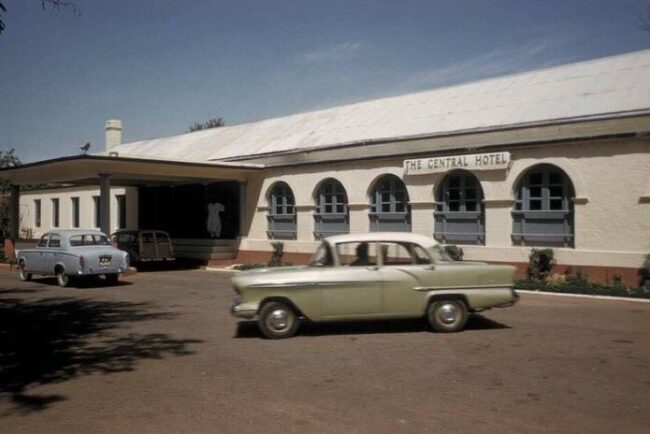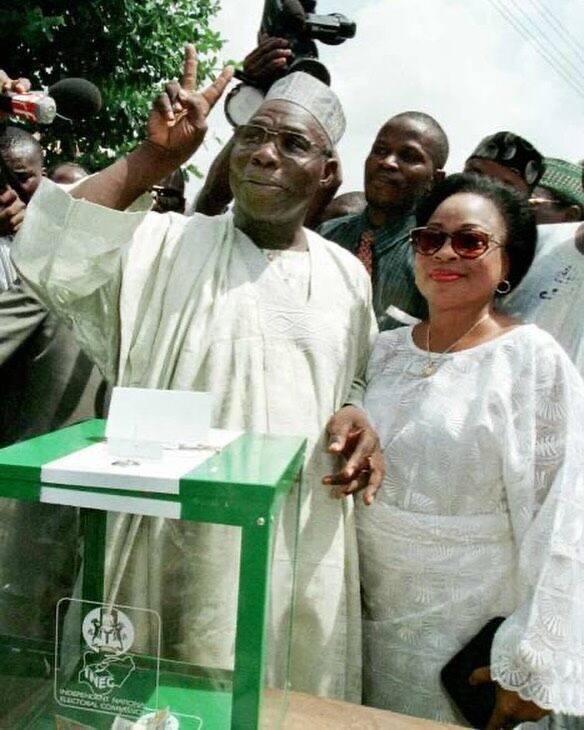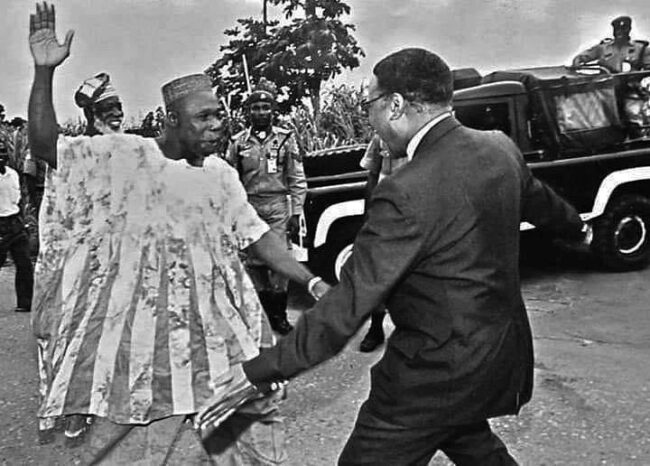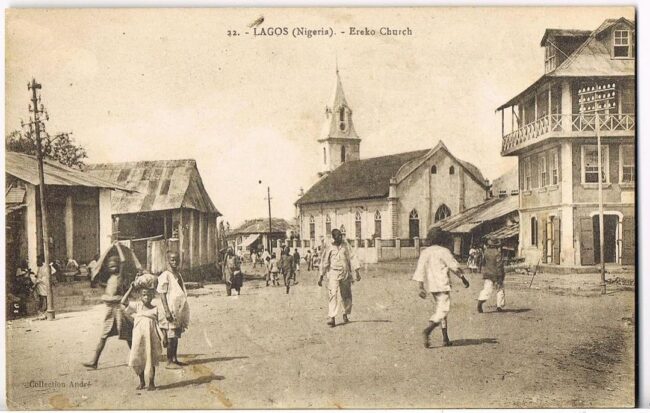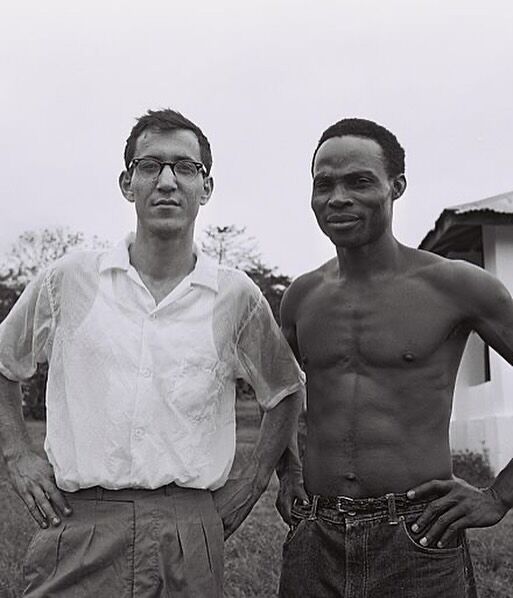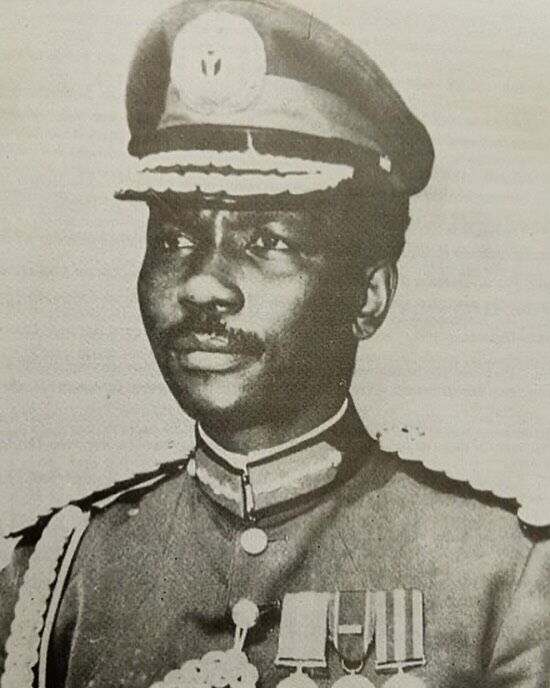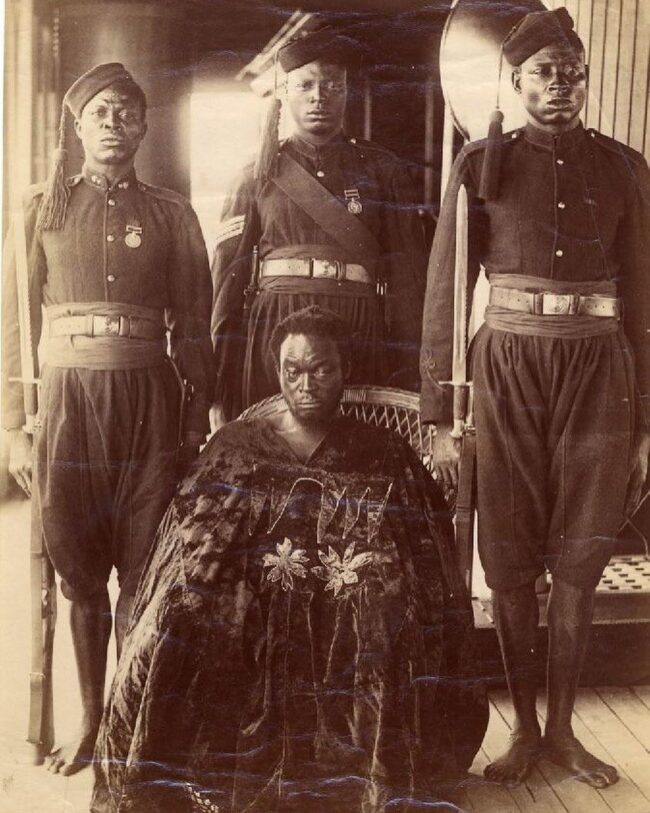Major Mustapha Talked About the Video Tapes He Sent to Gen. Olusegun Obasanjo and Gen. Sabo After He Was Arrested by Abdusalam Abubakar
Major Mustapha discussed the videotapes he delivered to Generals Olusegun Obasanjo and Sabo in 1998, following his incarceration by Abdusalam Abubakar, on charges of plotting a coup against the then-head of state. General Abdulsalami Abubakar assumed the role of Head of State of Nigeria upon the passing of General Sani Abacha in 1998. He held office from June 9, 1998, to May 29, 1999, when he turned over the presidency to Olusegun Obasanjo, the newly elected civilian president. After seizing control in 1993, General Sani Abacha named al-Mustapha as his head of security, a position he held until June 8, 1998, on November 17, 1993. In this capacity, he formed several elite military-security organizations and was in charge of the regime’s security. The State Security Service, the National Intelligence Agency, the Directorate of Military Intelligence, and Ismaila Gwarzo’s Office of the National Security Adviser were among the other security organizations during the time. Even his superiors held him in such high regard that, during the Abacha regime, Major-General Abdulkareem Adisa, the former Minister of Works and Housing, told the Oputa Panel that he had no regrets about bending down to beg Al-Mustapha’s assistance in pleading with General Abacha for forgiveness after their abortive coup attempt in December 1997. Carefully watch and listen to this video.

